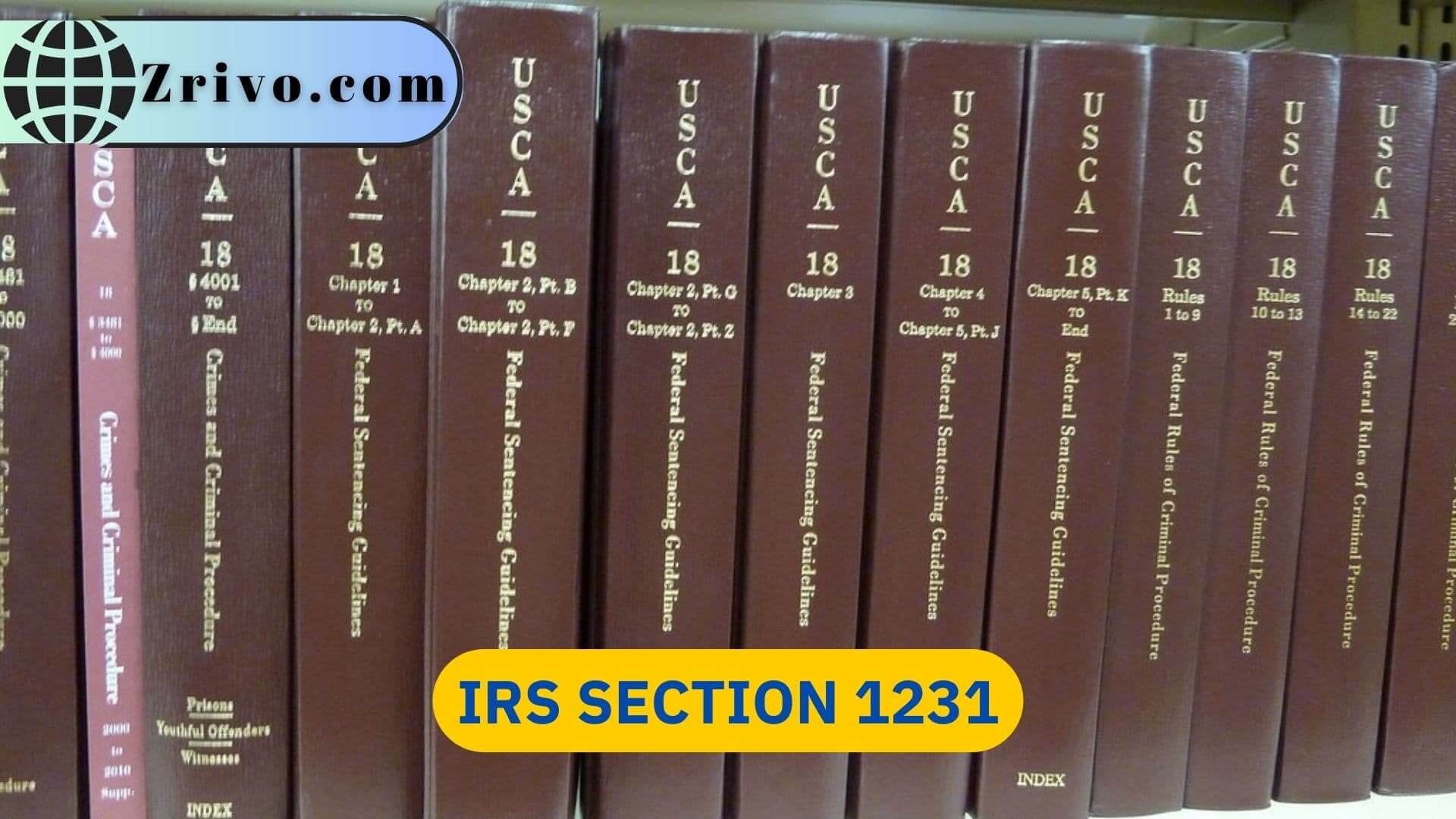
IRS Section 1231 tax code refers to an intricate section of the Internal Revenue Code that allows taxpayers to defer capital gains taxes when selling or exchanging real property for similar, like-kind properties. Since its rules can be complex and advice from a certified public accountant (CPA) is highly advised when selling or exchanging real property for similar goods. Usually, the IRS will require subtracting your property’s tax basis from its sales price in order to determine its net gain, which then becomes subject to capital gains rates rather than ordinary income rates if held over one year.
At its core, Section 1231 property includes any real or personal asset held for more than a year in your trade or business that’s depreciable and amortizable – such as equipment, furniture, and autos – but excludes raw land that’s neither depreciable nor amortizable as well as inventory holding. If raw land is being held as inventory to sell to customers, then that property does not meet this definition and cannot be taken advantage of under the 1231 rules.
Under the Section 1231 tax code, there are two principal forms of gains: net capital gains and unrecaptured net Section 1231 gains. Gains from selling Section 1231 property are taxed at a much lower capital gains rate – considerably less than ordinary income tax rates – however, if depreciation or amortization methods weren’t properly applied prior to selling it, then any gain may be subject to ordinary income taxes and classified as nonrecaptured net Section 1231 gains.
An asset sold under Section 1231 can result in a net capital gain when sold, calculated by subtracting its adjusted tax basis from its sales price and taxed according to the lower capital gains rate, provided you’ve held it for more than one year. Any gains may also be subject to regular ordinary income taxes if no depreciation or amortization records exist at the time of sale.
What is Defined as Property under IRS Section 1231?
Under IRS Section 1231, the property is defined as real estate and personal property used in a trade or business, such as buildings, machinery, equipment, and vehicles used to conduct a trade or business, timber, unharvested crops, and intangible assets such as patents inventions copyrights, etc. Congress created this special tax treatment for long-lived business assets to encourage companies to reinvest capital. Congress created this special tax treatment by Congress for long-term assets that qualify under this definition in order to encourage businesses reinvest their capital. Congress established this special tax treatment as it determines tax rate applicable upon the sale, exchange, or conversion of properties meeting this definition.
Gains on the sale of Section 1231 property are generally taxed as capital gains rates due to depreciation over time. However, in certain instances, a gain on such an asset could be reclassified as ordinary income instead of capital gain, for example, if it sold for less than its tax basis or there are more casualty losses than gains. In these instances, any excess losses over gains must be set aside in a so-called hotchpot account. When selling the property again in the future, taxpayers can use these original gains and losses from the sale of the original sale to calculate a new gain or loss using its new tax basis.
There may be instances in which a property’s tax basis increases because of improvements made to it, for instance, if it has been damaged in a natural disaster, and repair costs have to be covered by the taxpayer. Any difference between its new tax basis and the old one constitutes a gain under Section 1231. Typically, gains recognized from selling or exchanging property that falls under Section 1231 are taxed at the preferred capital gains rate. If, however, due to recapture of depreciation or Sections 1245 and 1250, they become ordinary income, any gains recognized during that tax year are taxed at the higher ordinary loss rate instead.